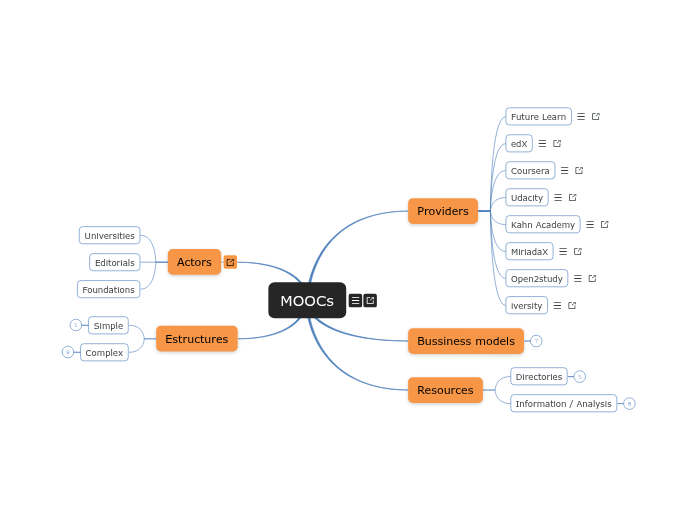Learning in the digital age: how are the ways in which we learn changing with the use of technologies?
Tenses demonstrate the time of actions centered around the subject of the sentence. These actions are called verbs and change according to tenses.
Places and spaces of learning
digital technologies can be explored through the lens of learning spaces
these spaces how do learners make
Digital Technologies
dependent on the approaches, beliefs and expectations of teachers and students, as we shall see the next section.
larger or different, space for continual communication and information exchange. Similar to social media and video games that need interact with each other.
The technologies that create these spaces are taken up to a greater extent is
Learning leads to a layer of information being laid over the traditional patterns of in-class interaction and a need tounderstand how these layers are joined together in student learning experiences.
and mobile (handheld) devices.
Online discussion does is create a
framed around the traditional space of the classroom
The two most commonly known of those technologies are virtual and immersive environments,
learning both personally meaningful and collaborative
The inconvenient truth is that most use of digital technology in formal education is still largely
are transmitted by specialised members of the community (teachers)
structured spaces of learning (schools)
Tools of teaching
The Vigettes
These illustrate the ways in which teachers can attempt to create more collaborative, interactive, media-rich and personalised learning experiences.
Vignette 3 – Video Linked Teaching
"John and Tamati, two professors from the same university decide to co-teach their undergraduate course together, by implementing "state-of-the-art" video-linked teaching facilities on both campuses."
They teach their classes synchronously using approaches that focus on "real-time" discussion, interaction, and collaboration between campuses.
Vignette 2 – Formula One Racing
"A secondary maths teacher engages her students in an authentic maths scenario to foster engagement, collaboration and a deeper understanding of the maths concepts being
taught."
The students work in a project constructing a (virtual) formula one rancing car. They use apps of race cars. They work with other gropu of students of another country through a online meeting.
Vignette 1 – E-portfolios for Learning in Early Childhood Education
"An early childhood education teacher uses online portfolios as a way for children to share their learning with parents, family members."
The children capture learning moments with photos, videos and words, using different devices.
Purposes
Answer the questions:
How can teachers and learners use digital tools to enhance the learning process?
The use of Digital tools
Digital learners
There are four Past tenses:
- Past Simple
- Past Continuous
- Past Perfect Simple
- Past Perfect Continuous
Adopting uncritical slogans like the digital native
Leads
poor teaching based on unrealistic and erroneous expectations of the future of the digital age.
Digital citizenship
Past Perfect Continuous is used:
- for an action that started in the past and continued up to another point in the past
- to show cause and effect
Some adverbs used with Past Perfect Continuous:
- since (e.g. since yesterday)
- for (e.g. for 10 years, for 6 months)
Teachers must understand and enact the principles of digital citizenship
to be able to educate students in the development of ethical and positive behaviors in cyberspace.
A digital citizen is someone who:
Promotes the values of digital citizenship.
Respect the concepts of privacy and freedom of expression in digital contexts.
Demonstrates ethical digital behavior.
Interacts with others through digital technologies in positive and meaningful ways.
Employs critical thinking skills when interacting with digital content.
Participate in a variety of activities.
Digital literacy
Past Perfect Simple is used for:
- an action that began in the past and is still going on at the moment of speaking
- an action that continued before and after another action
- a change of mind
- an action happening repeatedly in the past
The Past Perfect tense is not normally used alone. It is used to denote the earlier of two past actions. We use Past Simple for the latter action.
Some adverbs used with Past Perfect Simple:
- already, before, ever, never
- once, twice, yet
- just, up to then
- for, since
Students and teachers lack the digital literacy skills necessary
to fully exploit the potential of new technologies.
It must be understood in a sociocultural context and not as a decontextualized cognitive capacity.
It is essential to be an active and contributing citizen in today's society.
Structure:
Had + Subject + Past Participle?
e.g. Had they met Sarah before the party?
The current generation of tech-savvy learners
Past Continuous is used for:
- an action that happened before another action in the past
- an action that started in the past and continued up to a given time in the past
- an action done several times up to a point in the past and continued to do after that point
- an action that happened in the past but is important at the time of reporting
Some adverbs used with Past Continuous:
- always, only, never, ever, still, just
must learn to use the technologies they are used to
As a result
Educational institutions will prosper.
Young people today live immersed in a world of social networks, text messages, blogs, wikis, online games, music and videos.
Contemporary
theories
There are four Present tenses:
- Present Simple
- Present Continuous
- Present Perfect
- Present Perfect Continuous
associated with
educational technologies
Connectivism
Constructionism
Constructivism









